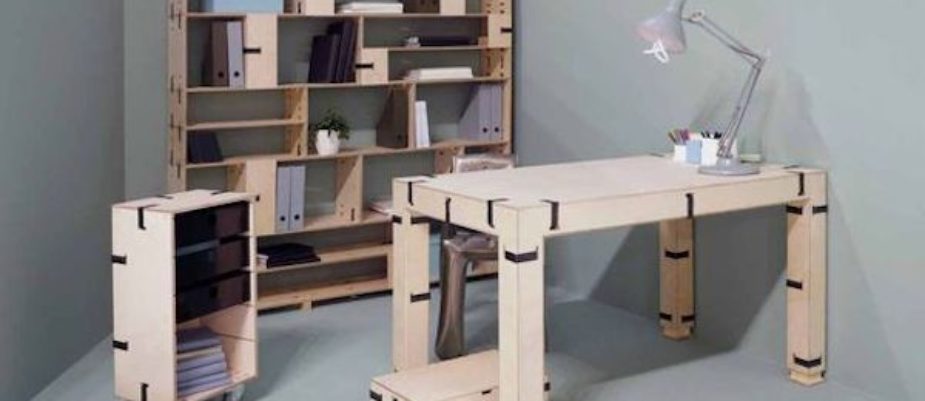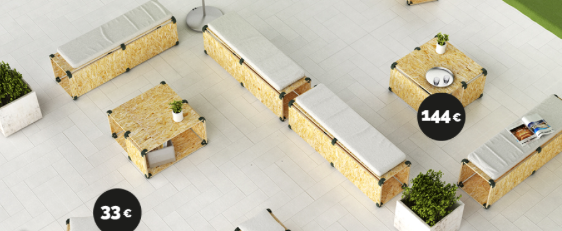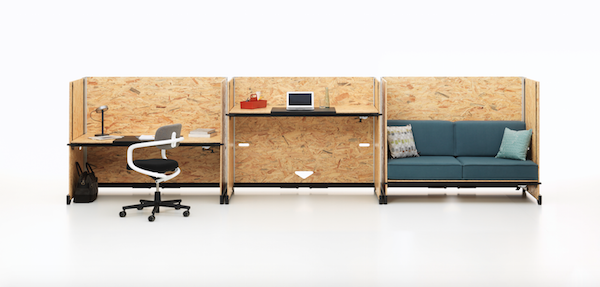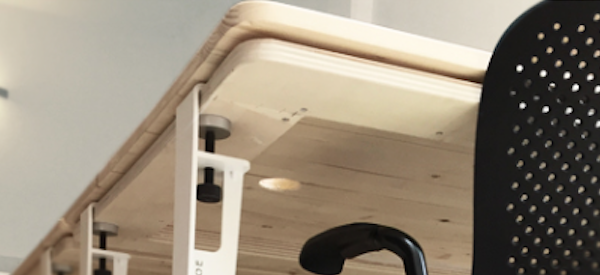
“Bespoke furniture” used to be for luxury environments only, executive suites or middle-class houses. Then, the “special” alteration was necessary to adapt too rigid systems to the building, or to prevent from slipping into standardization.
Still now that industrial design has accepted the concept of the design of options, the “custom-made” furniture can be found in coworking settings and turns into “shabby mannerism”. Is it less expensive? Or does everybody want to create their own aesthetics?
The new production systems provide for maximum product customization, yet it’s not uncommon for the major bank groups to rely on the architect for the design of their desks; how can it be that none of the hundreds of products on the market could meet with their requirements?
The beskpoke “virus” also hits the smaller workplace, that aims at a domestic mood (Plantronics, Digital Entity, Clubhouse Brera, for example).
It may be less expensive, but do the standards of quality, ergonomics and strength match the industrial products, engineered and tested in accordance with the regulations?
Also, the coworking world is ever-expanding with its “raw design” aesthetics, made of shop tables, chairs found in the attic and the do-it-yourself trend to recycle the wastes of a consumer society.
However, this vision is becoming a new form of standardization. Its rule-breaking spirit has gone.
Some companies are also launching this kind of “garage spirit” furniture systems (Hack by Vitra,-up photo- Pakiet Zieta, PlayWood by OSB, Pixel by Bene – photo below) but, in my opinion raw wood and rusty iron are becoming really boring.
Among the “shabby manierism” lovers there is Carlo Ratti that designed the desks and the mobile partitions of Talent Garden Calabiana Coworking;
while another coworking, Cowo, created a project team to design his own “perfect desk”.
I can’t come to a conclusion, I have no answers, I’ll just wait for remarks and different opinions.
Editorial by Renata Sias, editor WOW! Webmagazine



















